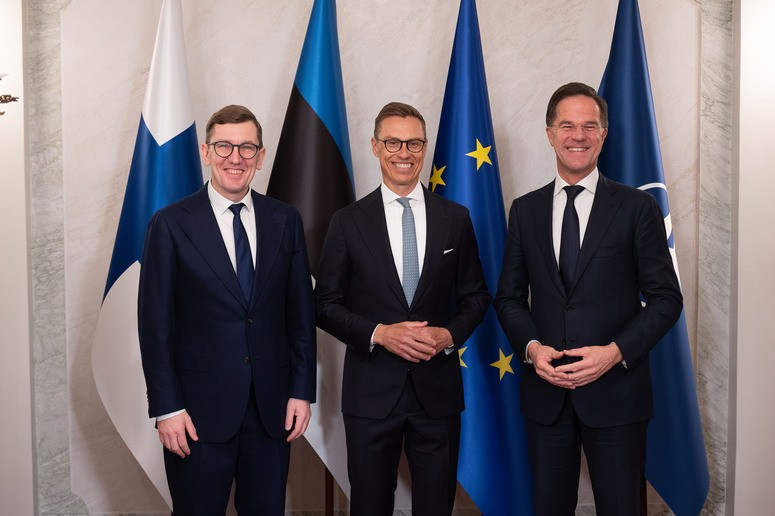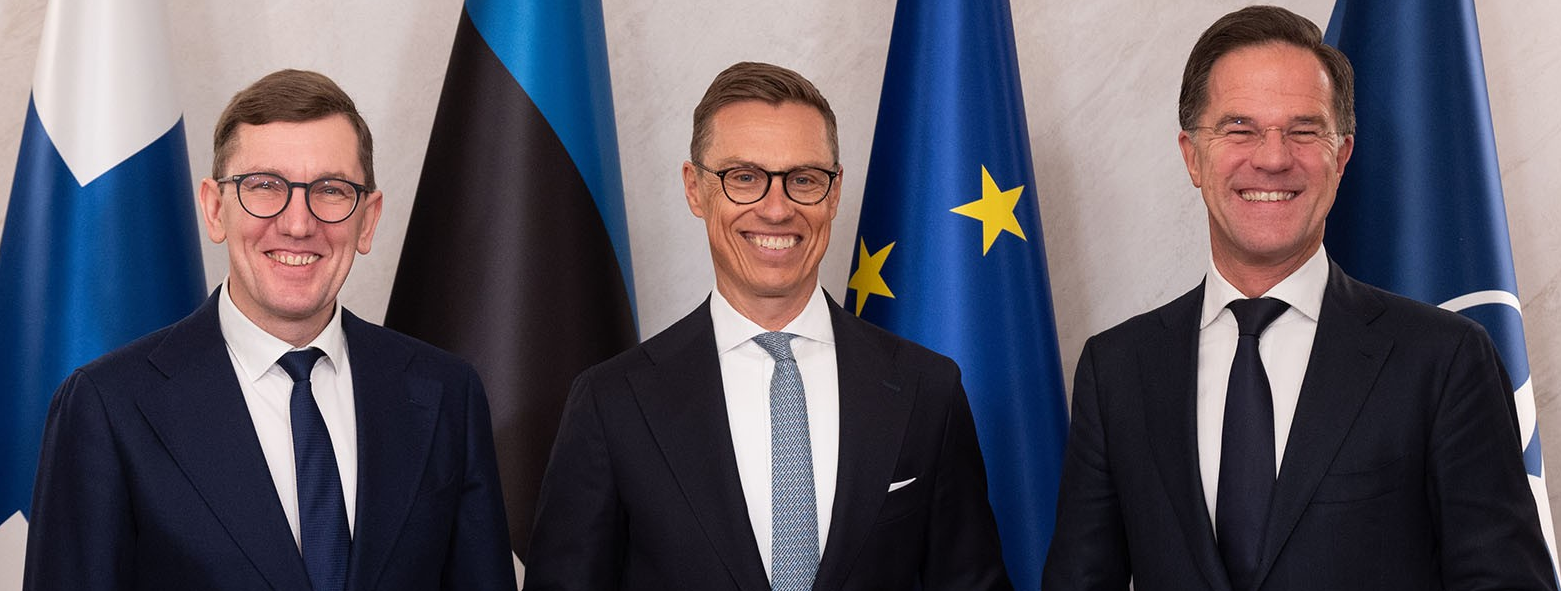
NATO is launching ‘Baltic Sentry’ to enhance its military presence in the Baltic Sea and improve its allies’ ability to respond to destabilizing acts.
The so-called Baltic Sentry program, a new military activity by NATO to strengthen the protection of critical infrastructure, was announced at a meeting in Helsinki by the NATO secretary general, Mark Rutte.
NATO secretary general, Mark Rutte co-hosted a summit of Baltic Sea allies on Tuesday, January 14, 2025, along with Finland’s president Alexander Stubb and Estonia’s prime minister Kristen Michal.
At the summit, leaders from across the region addressed the growing threat to critical undersea infrastructure.
The secretary general said recent sabotage had damaged energy and communication cables, but he was confident that, “by working together with all Allies – we will do what it takes to ensure the safety and security not only of our critical infrastructure but of all that we hold dear.”
‘Baltic Sentry’ will involve a range of assets, including frigates and maritime patrol aircraft.
The secretary general also announced the deployment of new technologies, including a small fleet of naval drones, and highlighted that NATO will work with allies to integrate national surveillance assets – all to improve the ability to protect critical undersea infrastructure and respond if required.
NATO will work within the critical undersea infrastructure network, which includes industry, to explore further ways to protect infrastructure and improve resilience of underwater assets.
Rutte also stressed the importance of robust enforcement. He highlighted how Finland has demonstrated that firm action within the law is possible, “Ship captains must understand that potential threats to our infrastructure will have consequences, including possible boarding, impounding, and arrest.”



